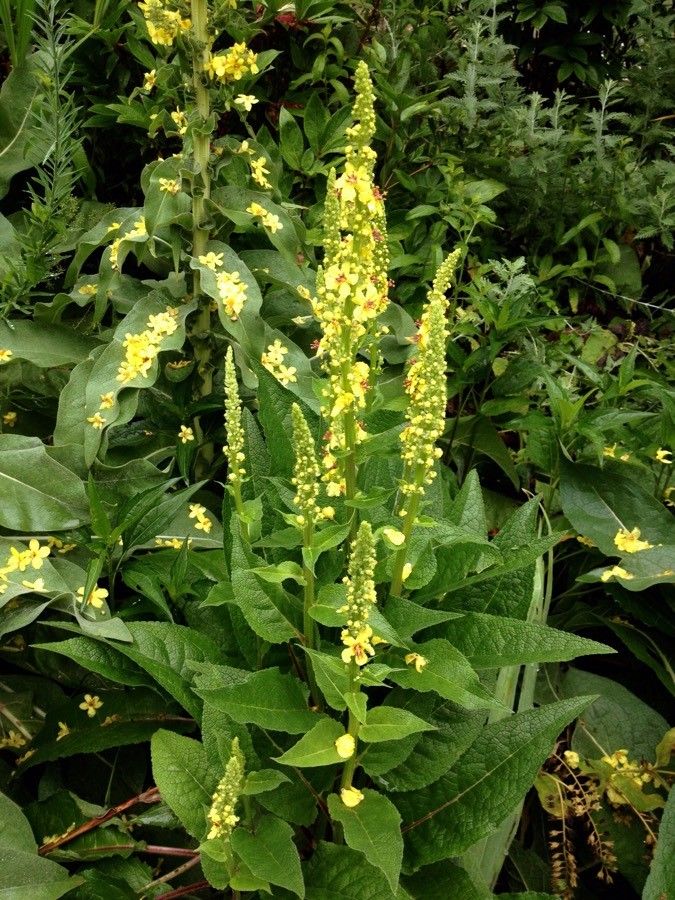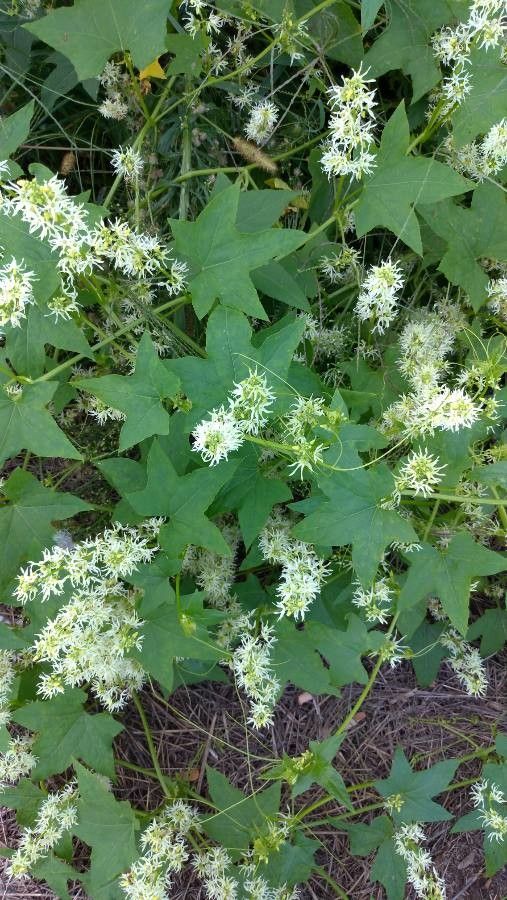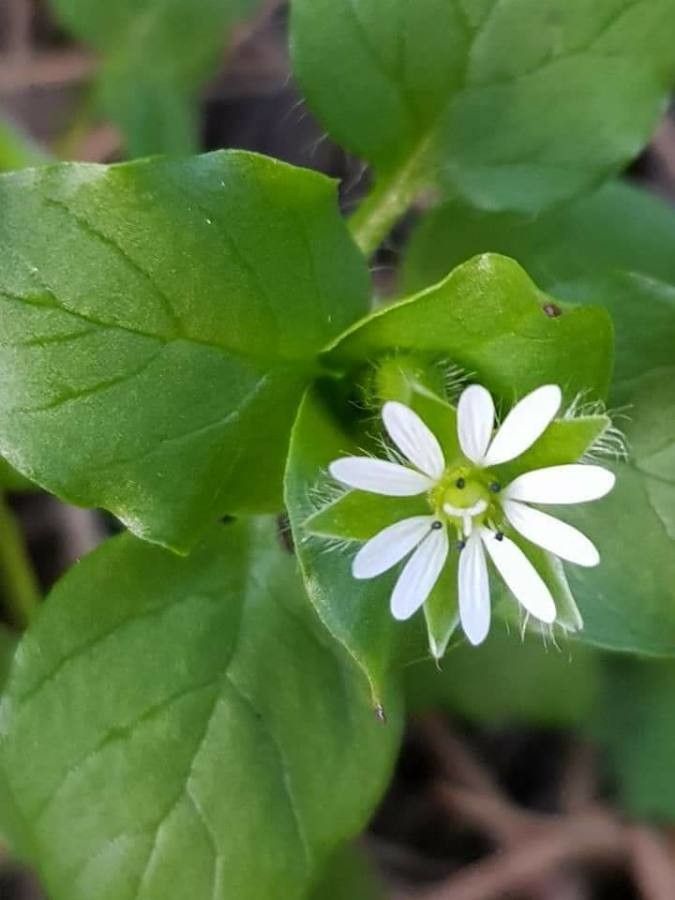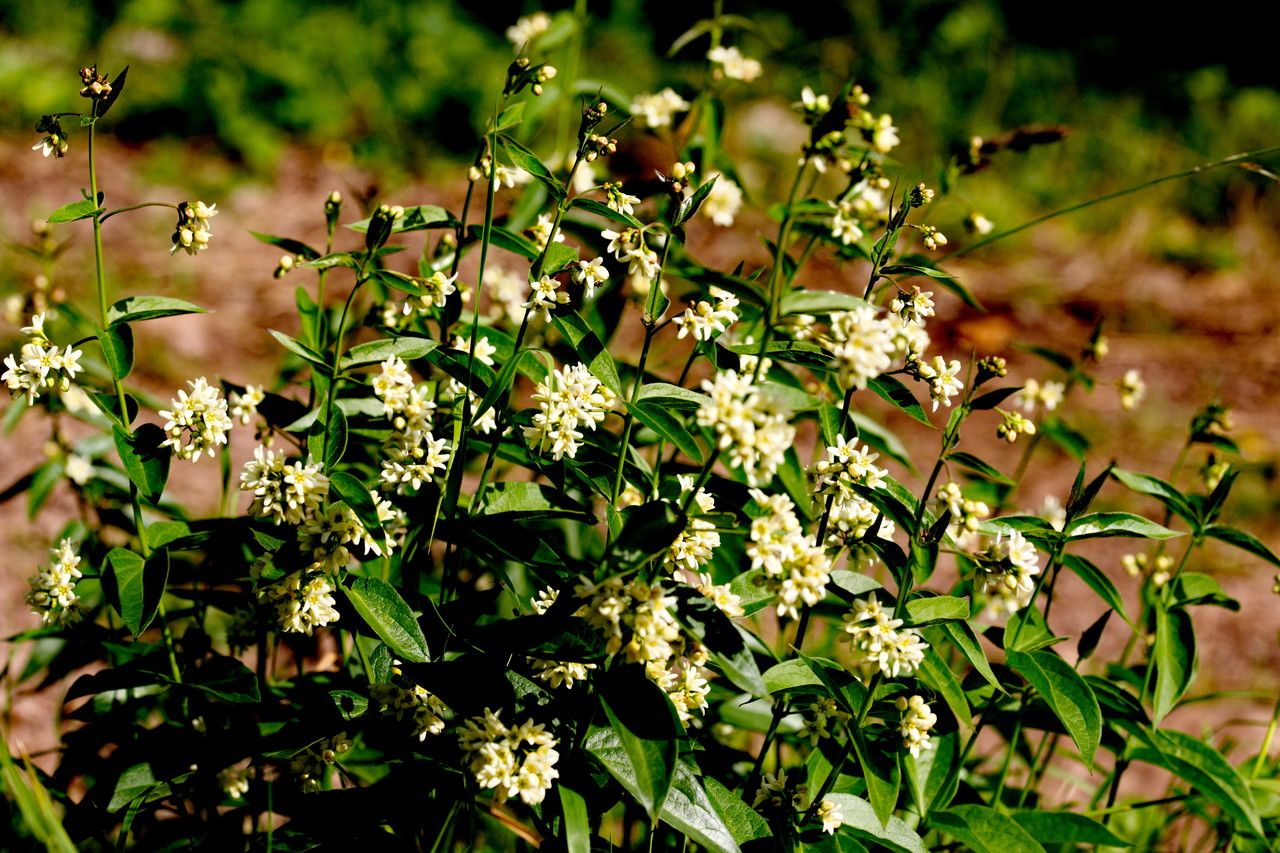## Dark Mullein: A Comprehensive Guide
Dark mullein (*Verbascum nigrum*), a member of the Scrophulariaceae family, is a captivating biennial plant known for its tall, imposing stature and velvety, dark leaves. Unlike its brighter cousins, Dark Mullein boasts a more subdued, almost charcoal-grey foliage, giving it a unique and mysterious presence in the garden or wild landscape.
### Habitat and Growth
Dark mullein thrives in a variety of habitats, frequently found in disturbed areas such as roadsides, meadows, and wastelands. It's remarkably adaptable and can tolerate a range of soil conditions, preferring well-drained, slightly alkaline to neutral soils. While it enjoys full sun, it can also tolerate some partial shade, particularly in hotter climates.
### Plant Description
This impressive biennial begins its life as a rosette of dark green, woolly leaves. In its second year, it sends up a tall, unbranched flowering stalk that can reach impressive heights of 3 to 6 feet (1 to 2 meters). The stalk is densely covered with small, yellow flowers, attracting pollinators with their sweet nectar.
### Cultivation and Care
Growing Dark Mullein is relatively straightforward. Direct sowing seeds in the spring or fall is the most common method. Prepare the soil by removing any weeds and ensuring good drainage. Sow the seeds thinly and cover lightly with soil. Germination typically occurs within 2-4 weeks.
Once established, Dark Mullein is quite drought-tolerant, requiring minimal watering once established. However, regular watering during extended dry periods will promote healthy growth. Deadheading spent flowers will encourage continued blooming throughout the season. Dark mullein is generally pest and disease resistant, making it a low-maintenance addition to any garden.
### Medicinal and Traditional Uses
Dark mullein has a long history of use in traditional herbal medicine. Various parts of the plant, particularly the flowers and leaves, have been used for their purported medicinal properties. However, it is crucial to note that while traditionally used, scientific evidence supporting these uses is often limited, and it's vital to consult with a healthcare professional before using Dark Mullein for medicinal purposes. Always use caution and ensure proper identification before using any wild plant for medicinal purposes.
### Ecological Significance
Dark mullein plays a role in supporting local ecosystems. Its flowers provide nectar and pollen for a variety of pollinators, including bees and butterflies. Its seeds also provide a food source for birds and other wildlife.
### Dark Mullein vs. Other Mulleins
Several other mullein species exist, such as common mullein (*Verbascum thapsus*), which is easily distinguished by its larger, silvery-grey leaves. Dark mullein's dark green to greyish foliage and slightly smaller size help distinguish it from other members of the *Verbascum* genus.
Dark mullein adds a touch of understated elegance and ecological value to any garden. With its simple care requirements and fascinating history, it is a rewarding plant for both novice and experienced gardeners alike.
Dark Mullein: Complete Guide & Care Tips

Frequently Asked Questions
How to grow Dark Mullein from seed?
Sow seeds directly outdoors in spring or fall. Prepare well-drained soil, sow thinly, cover lightly, and keep moist until germination (2-4 weeks).
What are the medicinal uses of Dark Mullein?
Historically, Dark Mullein has been used in traditional medicine, but scientific evidence is limited. Consult a healthcare professional before using it for medicinal purposes. It's crucial to only use properly identified plants.


